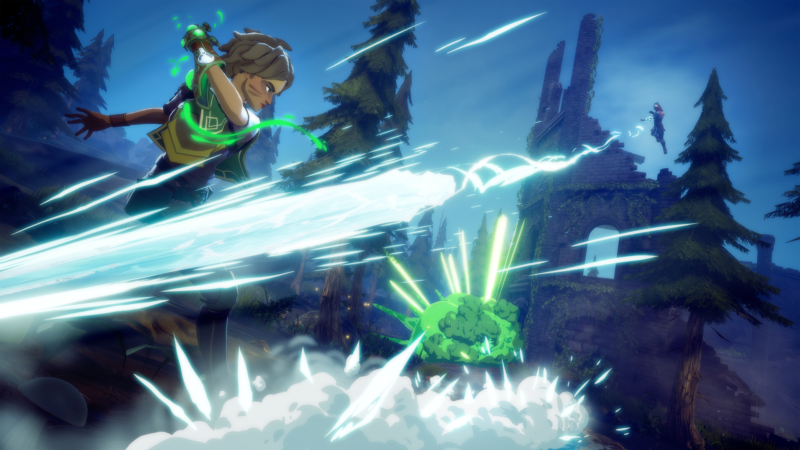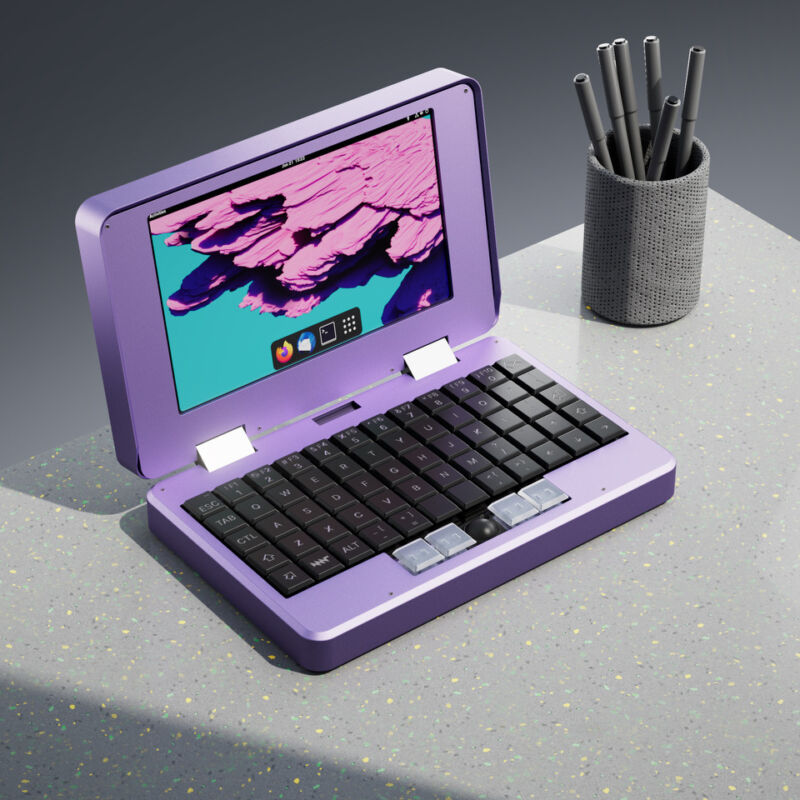
Enlarge / An Eastern Gray Wolf is a mix of Siberian ancestry and coyote DNA. (credit: Michael Cummings)
Man's best friend was the first of many animals humans have domesticated. But there was no clear before-and-after moment where dogs were suddenly a distinct population of wolves. While some ancient skeletons are clearly dogs, there are a lot of ambiguous skeletons earlier than that. It's possible to get a sense of what happened using the genomes of modern and ancient dogs. But this analysis depends heavily on what you think the wolf populations dogs were derived from look like.
Now, researchers have generated a much clearer picture of the last 100,000 years of wolf evolution. The picture it paints is a population that remained a single unit despite being spread across continents in the Arctic, with the population sporadically refreshed from a core centered in Siberia. Many breeds of dogs seem to have been derived from a population of East Asian wolves. But others seem to have also received significant input from a Middle East population—but it's unclear whether that population was wolves or dogs.
Wolves around the north
The ability to sequence ancient DNA was essential to this new work, which involved obtaining DNA from 66 wolf skeletons that collectively span about 100,000 years of evolution, including most of the last ice age. Wolves are found in the Northern Hemisphere, and the skeletons used here tend to be closer to the Arctic (probably in part because DNA survives better in cooler climes). But they are widely distributed, with Europe, Asia, and North America represented. The researchers also included five ancient wolf genomes that others had analyzed, along with some genomes of modern wolves.








